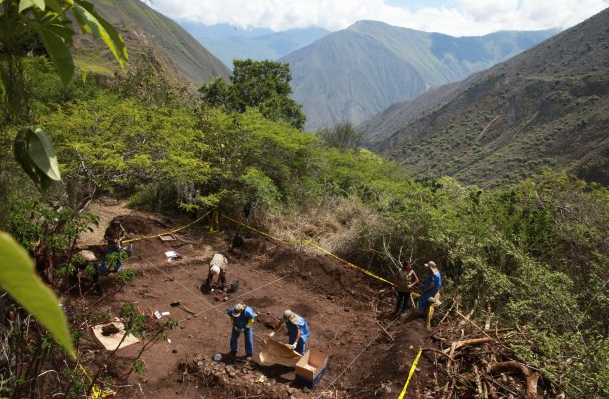
A national plan has been approved to implement the Search for Missing Persons Law, which was enacted in June this year during President Humala’s administration.
The Ministry of Justice and Human Rights published the plan on Dec. 25. The law, No. 30470, governs the process for gathering information and identifying the bodies or remains found during forensic exhumations, of persons who disappeared between 1980 and 2000 during the internal conflict between the Shining Path and the police and military.
The national plan establishes a special office with three main sections — information (centralizing and integrating data that exists in several different institutions), a search strategy (prioritization and actions), and closure (response to the cases and proper burials). This office will be initially under the wing of the Deputy Ministry of Human Rights and Access to Justice.
The plan spearheads the search as a public policy. Until now, searches have been instigated by different institutions such as Amnesty International, the Red Cross or local human rights organizations, which have funded or supported families or village groups to obtain court rulings for exhumations. Family associations in the areas with the highest number of disappearances — namely Ayacucho, Apurimac and Huanuco— were consulted before the final draft of the plan was set up.
A considerable number of bodies have been found, mostly in Ayacucho, in different investigations carried out by Peru’s forensic anthropology team, EPAF, and in some cases the evidence has led to trials and convictions of military officers involved. But most of these cases were of groups of villagers killed in attacks tha were witnessed by others, and even then often not all have been identified. There are also thousands who were reported missing individually.
The death toll during the internal conflict is estimated to have been close to 70,000, but there were also around 15,000 people who were reported missing — some people were kidnapped by the Shining Path but most were last seen as they were being arrested by law enforcement agents or were being held in military barracks.
The national plan states that “it has been possible to locate, recover, identify and hand over the mortal remains of a group of missing persons to their families” but at the same time, the work done so far “is insufficient faced with the magnitude of the problem, which makes it necessary to adopt a public policy for the search of missing persons.”
The Justice department, besides training district attorneys to supervise exhumations, is recommending that no further physical investigations be carried out until May, after the rainy season is over, to prevent losing or damaging evidence.





